Whether it is in teaching or designing, sometimes we find ourselves wanting to do ALL the things. But that is not the business of the day. And this is true also when teaching and learning literacy is at play. It is fundamental to keep it to the basics because those building blocks are rudimentary to building a solid foundation for academic success.
Photoshop and Blender 3.0
The last few weeks have been a whirlwind. I have been tinkering with new tools called Blender 3.0 and Acrobat Adobe Photoshop. Can we say the learning curve is extremely steep! I would liken it to Kilimanjaro steep. Hours upon hours of sitting in front of this laptop devouring YouTube tutorials from some of the best. I have concluded that while I have become somewhat familiar with these two programs, some things are best left to those who love them.

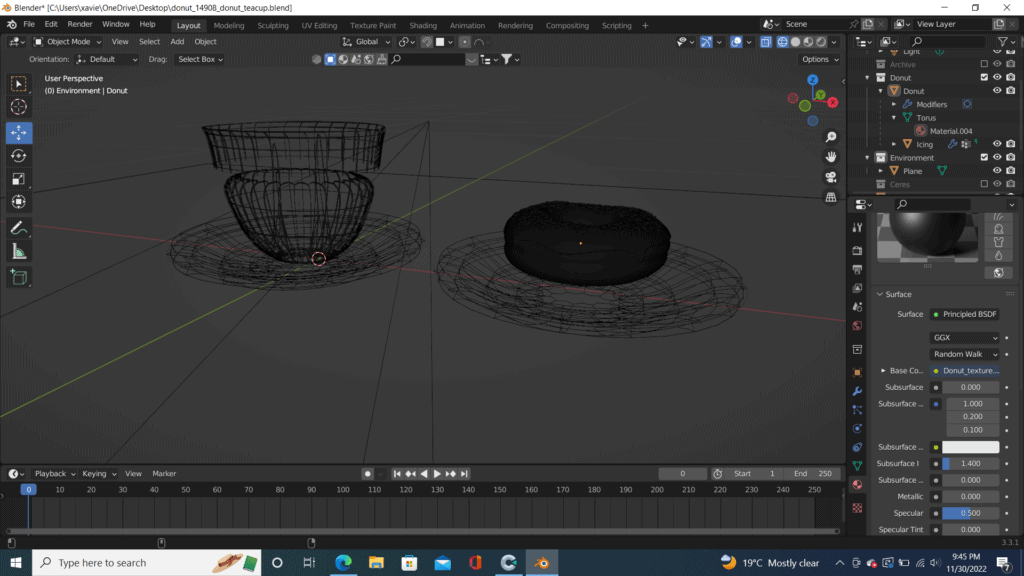
Partnership with Wits University
We graced Johannesburg to have a face-to-face meeting with Dr. Leketi Makalela from Witwatersrand University (Hub for Multilingual Education and Literacies) to speak of our future collaborations in 2023 (specifically working with schools in the Capricorn district of Limpopo) and how technology can be embedded in learning, assessment, training, and research in the South African context of indigenous languages. For me this is essential to know how children learn and understand their own languages as we build bridges to English and its acquisition. January 2023 will begin with a preassessment of grade 4 learners at Selowe and Letswatla, measuring how well they understand Sepedi and English (written and auditorily) through various images. Over December2022, I want to investigate a way to make this gamified (not tokens and the like but an actual serious game that can help engage students and make recording of assessment more seamless) as we have learned in this class. We (a group of educators) get together to examine and listen to various speakers and research articles and how they apply to multiliteracies
Our last session of the year, we listened to Uta Papen from Lancaster University in the UK. She spoke about her projects looking at English literacy for students who were hearing disabled in India. She examined Real literacies (Street 2012) used to develop sign-based discussions and role plays, vocabulary work and grammar (e.g., Forms, leaflets, signboards…etc.). Linguistic landscapes- the geospatially situated domain of material texts and textual practice in public space (Malinowski and Dubrell 2019). And lastly, spoke on how gaming was a new expansion of her initial project to help streamline teaching in grammar for the same demographic of hearing-impaired students.
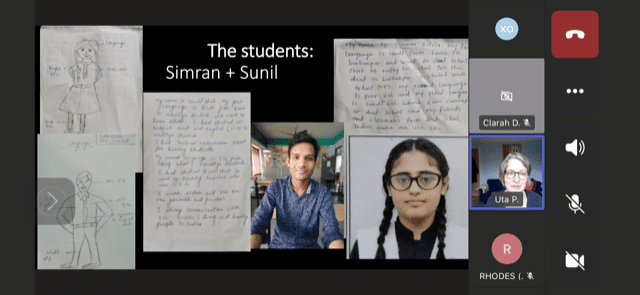
Partnership with local schools
Last week we finally made the 10-hour roundtrip to Limpopo…I like to joke and say we went to Zimbabwe because it was so far. Prior to this visit, I had been planning and designing solutions from afar, but nothing beats observing an environment with one’s own eyes. We were met with a very friendly and warm staff who were ready to collaborate. We struggled to find any accommodations for the night over but with the help of our partner teachers we succeeded.
Our rural village of Silvermine is 30 minutes from the closest major township (still too small to be labelled a town) of Bochum (pronounced Bo-hum). There is no DHL or PostNet (for those who know SA) …those are reserved for Polokwane (140km (about 86.99 mi) away). So, my immediate suggestion of having someone collect the books from Biblionef was not the best. And upon seeing this I had them directly sent to me. The village is off road, 10km (about the height of Mount Everest) of pebbles, boulders, and sand! In between the bends there are random stray donkeys, cows, and warthogs. Watch out!
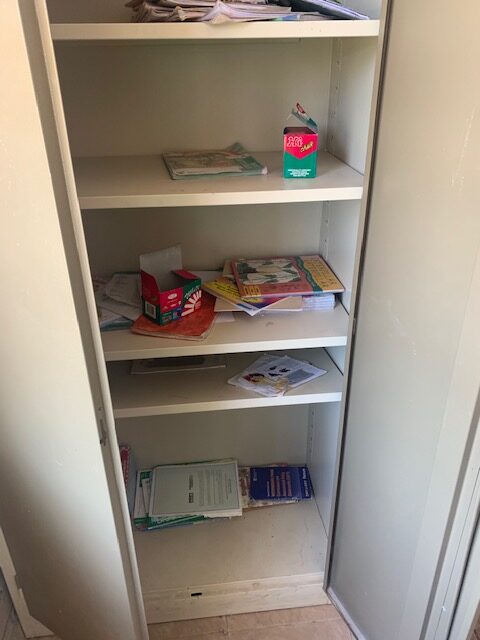

The place is hot, hot, hot…100 degrees or so, and the learners wear winter uniforms because they cannot afford otherwise. There are no trees, and it feels like the sun is planted next door. The children present happy despite the circumstances—as is true to most children. The teachers, while hopeful appeared tired, it could be because it is the end of the academic year, or they just require something different to really have the impact they desired. Through time we will know which is which.
We learned of the misappropriation of the donations they had received…which also included their library. While we rummaged through the books placed on the shelves in the library, I concluded that they were best for students whose first language was English and who were in high school. And here we were, with primary aged students who were just learning English in the fourth grade.
I live by the idea that Less IS More…and this library was a true testament to that motto. More books that they could not even read coupled with tablets they did not know how to even use left them with valuable static trophies.
Selowe has been in operation for nearly 12 years but most of their students, like most in this area of Bochum Limpopo cannot read in English.
Where does this class fit in all of this? How can we utilize assessment, gaming, and literacy instruction to help such rural educators WITHOUT intruding on their already hectic schedules? How can we empower educators, whose first language is an African language, to feel like they know what their students need and to provide it, when it is not in a manual from the Department of Education?
I love the position that collaborating with the US Peace Corps puts us in, uniquely positioned to be a solution to an area that needs it.
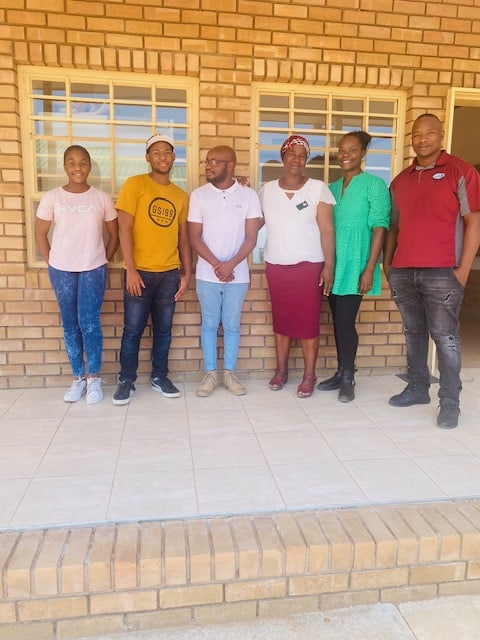
Reflections
In our assignments for this level, we read an eye-opening paper, “Better Learning in Games: a balanced design lens for a new generation of learning games,” and it challenged me to envision what assessment that is totally embedded in games looked like. We were then challenged to create a new/old game using Construct 3.
I had all these detailed outcomes, none of which I could implement because my ability to design in ANY of these platforms is limited as is my time. AND it finally hit me—keep it simple. Complicated solutions require a whole list of things, but implementation is best when only the bare minimum is at play.
As a designer working with Black and brown populations, I will remember to always keep it simple. People, I included, are overwhelmed by complexity. When it comes to gaming and their platforms, while it is financially smart to limit costs, there is more frustration experienced than the dollar amount spent on them when trying to go with free versions. I struggled with the constructs that I saw in the demo versions and trying to force them into my ideas, instead of the other way around (which was a 5-minute solution). I also work well alone and found it hard jumping time zones with a partner.
Game Details
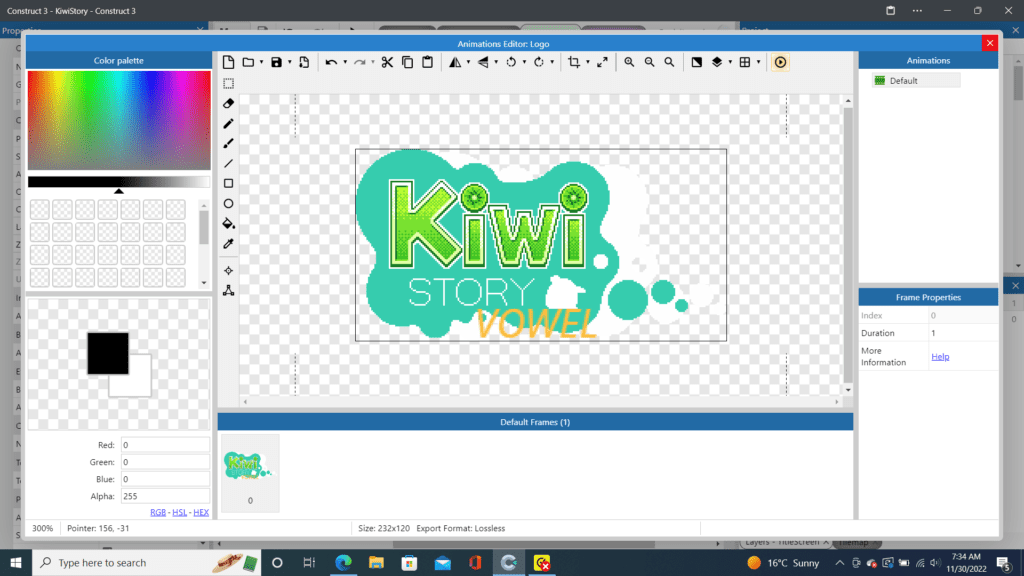
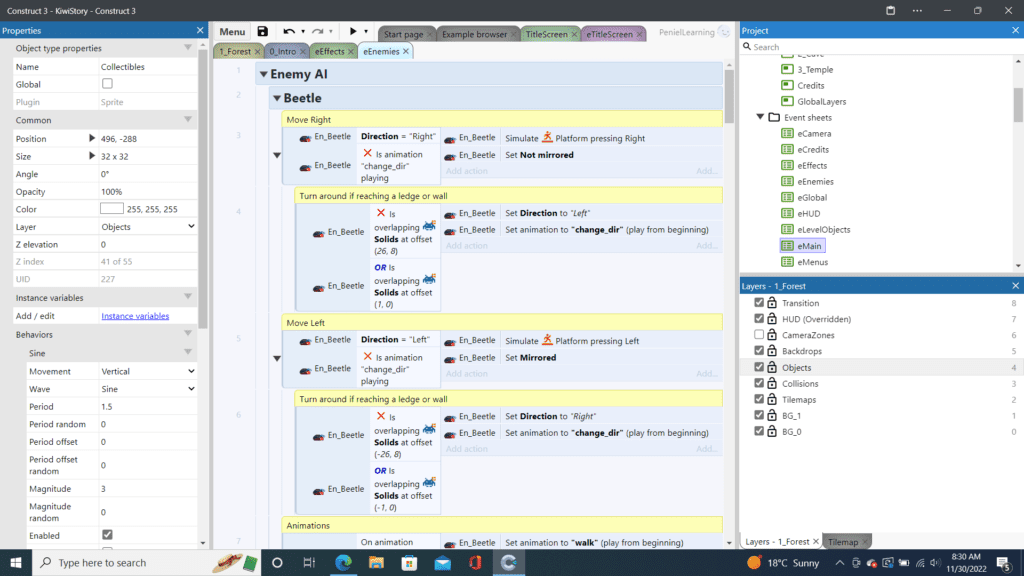
Title: Kiwi’s Vowel Story
Subject area, knowledge domain, learning objective: English literacy and phonemic awareness, identify consonants and vowels
Game goal, core dynamics, mechanics assessment, scoring and reward:
The core dynamics are race to the finish, exploration, and collection.
Loop? The player is expected to collect the various alphabetic letters but should really aim for the vowels as they are valued more. There are various mechanisms that can kill the player like sprites and those should be avoided at all costs. After the player reaches the end of the level, there is another level requiring strategy and the like.
Assessment? Well besides the scoring, I would like to integrate something like ADAGE to know when and what they choose specific letters. I would then use the feedback to frame the teaching.
Scoring? There is a visual at the top right of the screen to let them know how they are doing.
The reward is intrinsic and self-motivating by beating the game.
Moving Forward- infusing innovation with tradition
How does this all fit together, you may ask? Well, firstly we want to plan WITH our educators about how to infuse language across their various subjects for the 2023 academic year in grades 4 and 5 using the resources from Biblionef amongst a few others. We will organize and implement a plan to help the current libraries be utilized in a convenient way that makes access easy. Afterwards other assessments and interventions will be done in partnership with Wits University to help with English language learning and the concept of translanguaging and biliterate reading. Essentially, helping the teachers and training them to use the strengths of their students and their mother tongue to build a bridge to English and making sense of meaning. Beginning in January, Peace Corps volunteers will begin working at their respective sites in the area, both in-person and online, and we want to make this a collaborative approach that becomes a larger community. Lastly, we will embark on designing a VR game that helps bring these learning nuances together through an interactive approach to literacy (in all its forms).

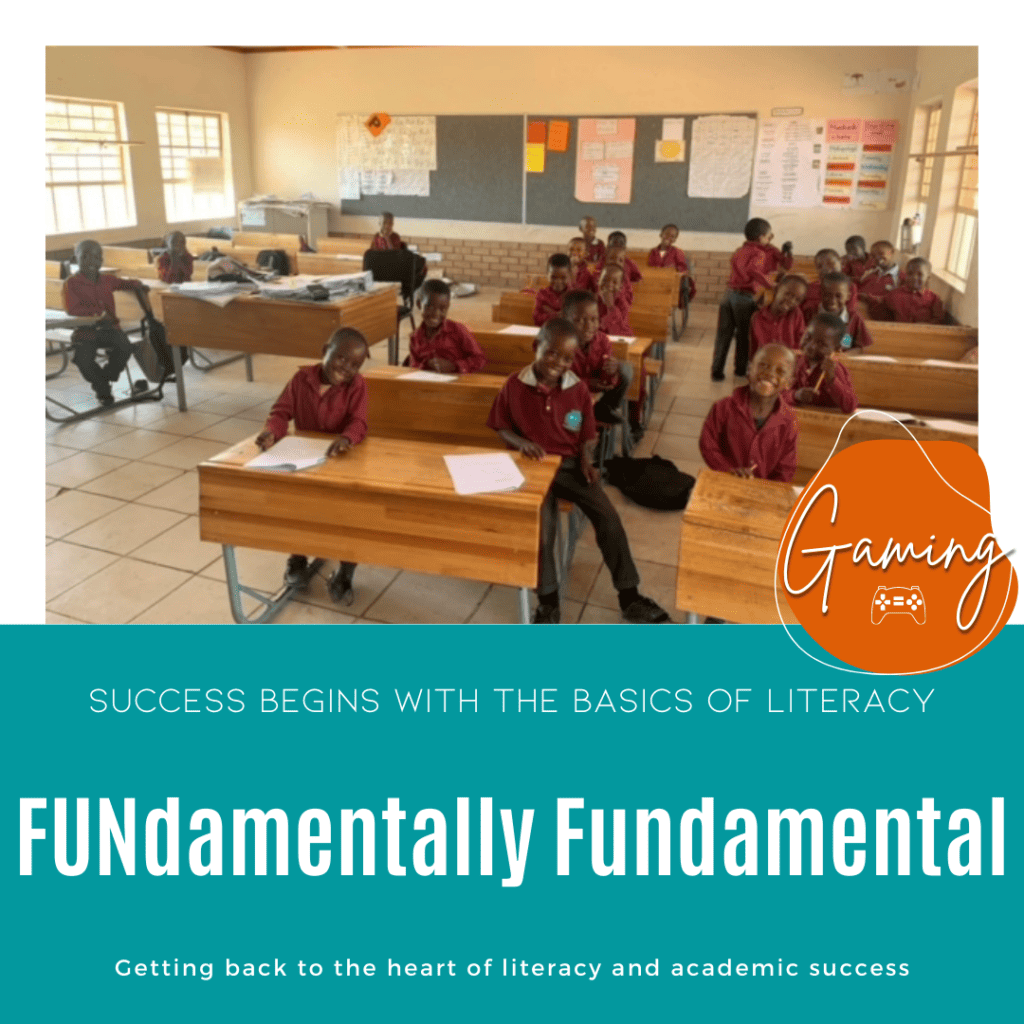
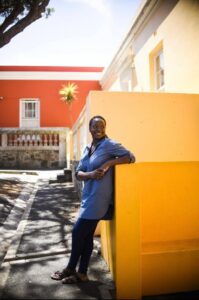
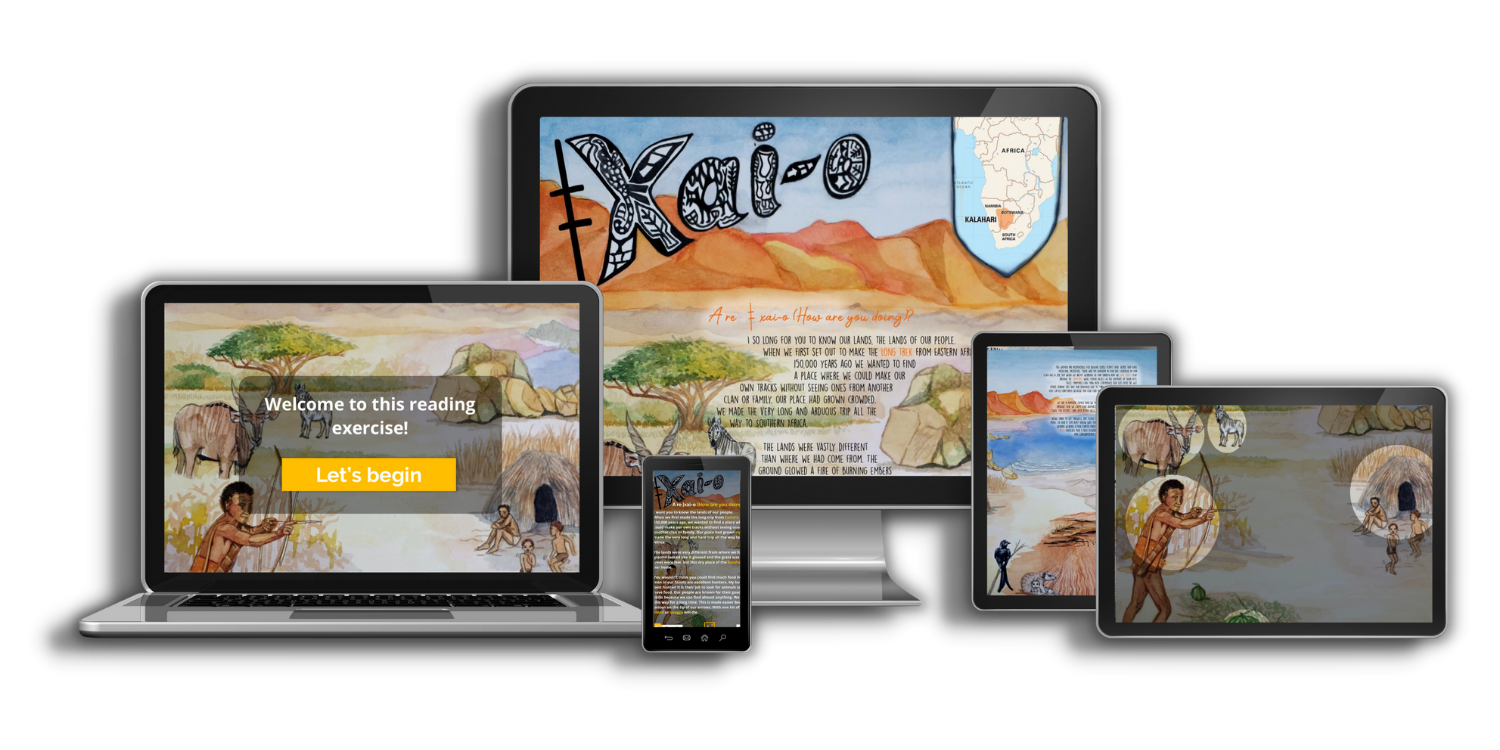


One Response
Great initiatives!!